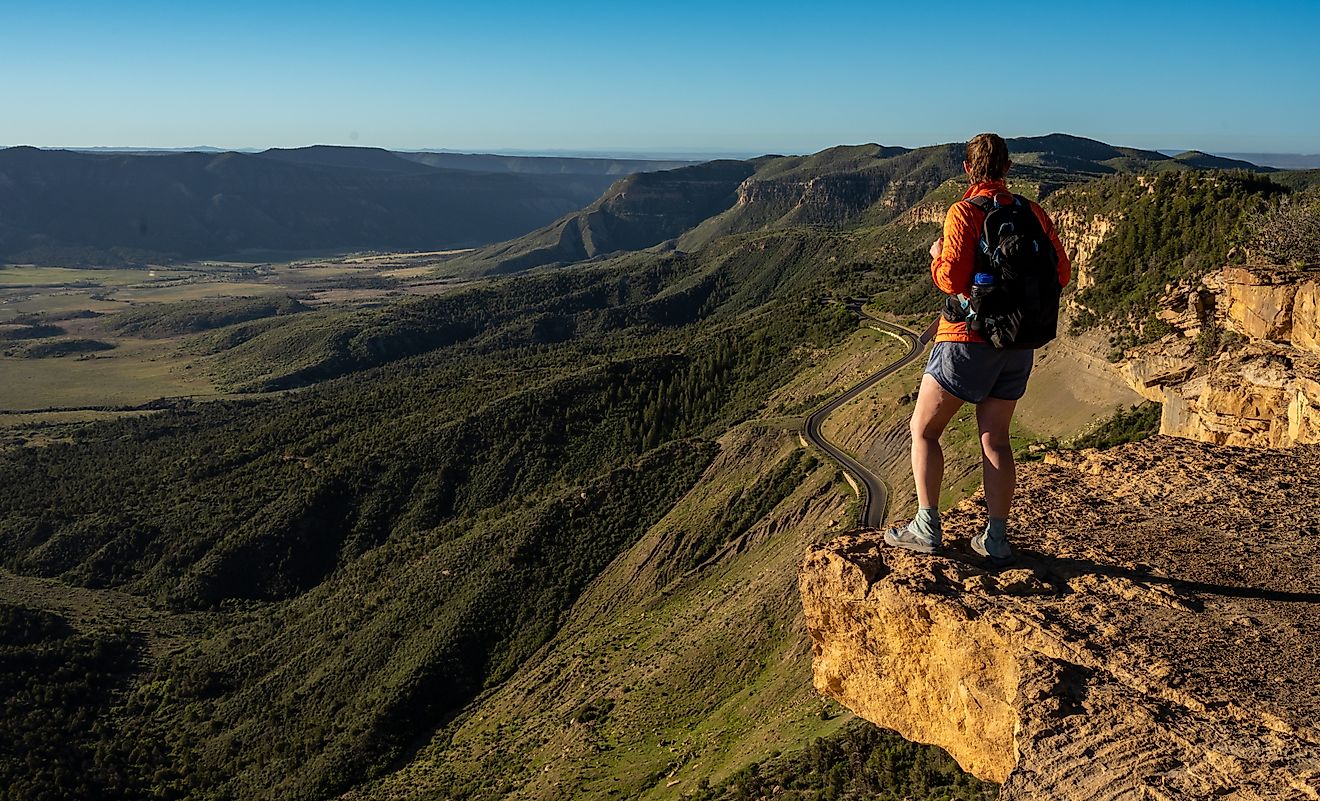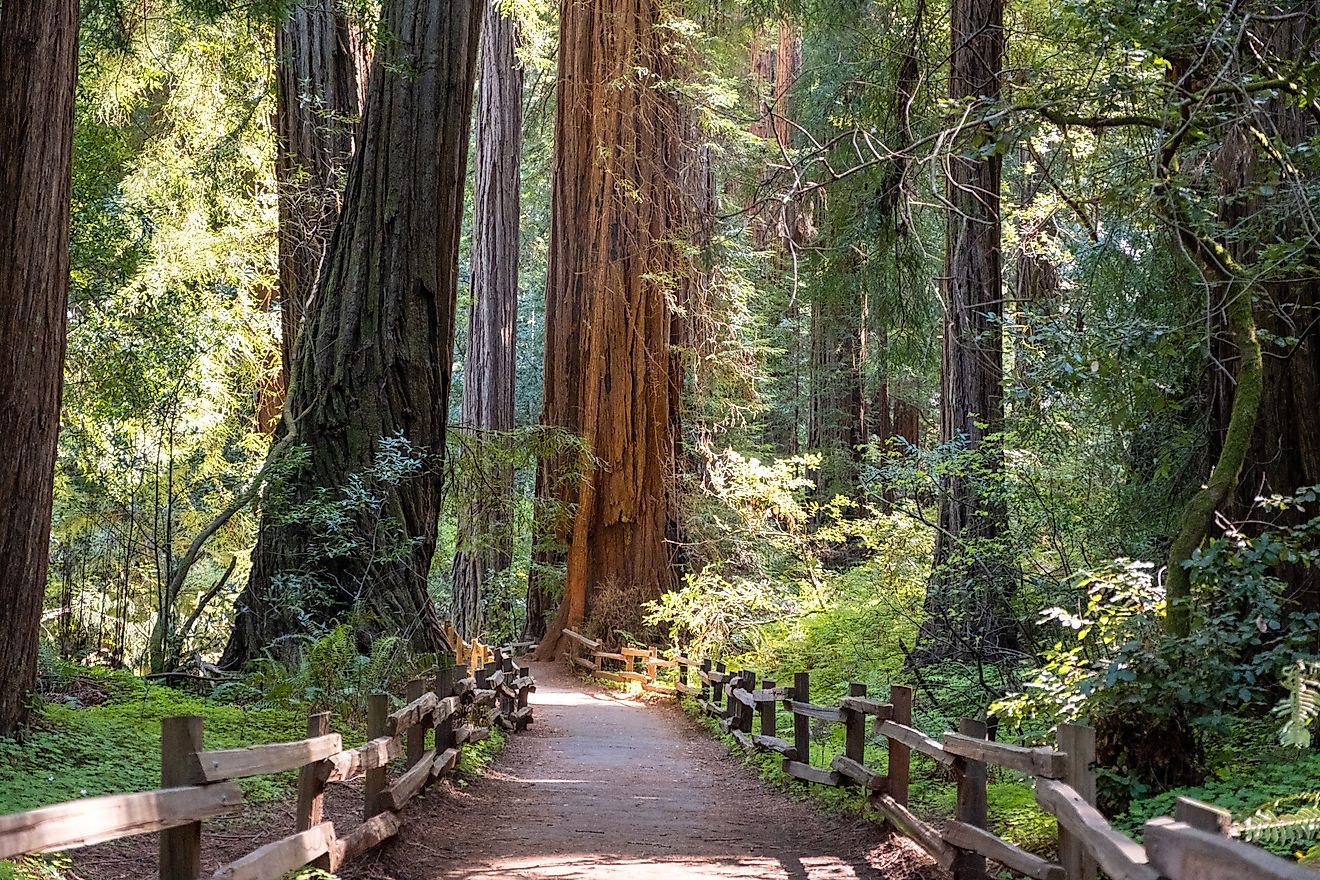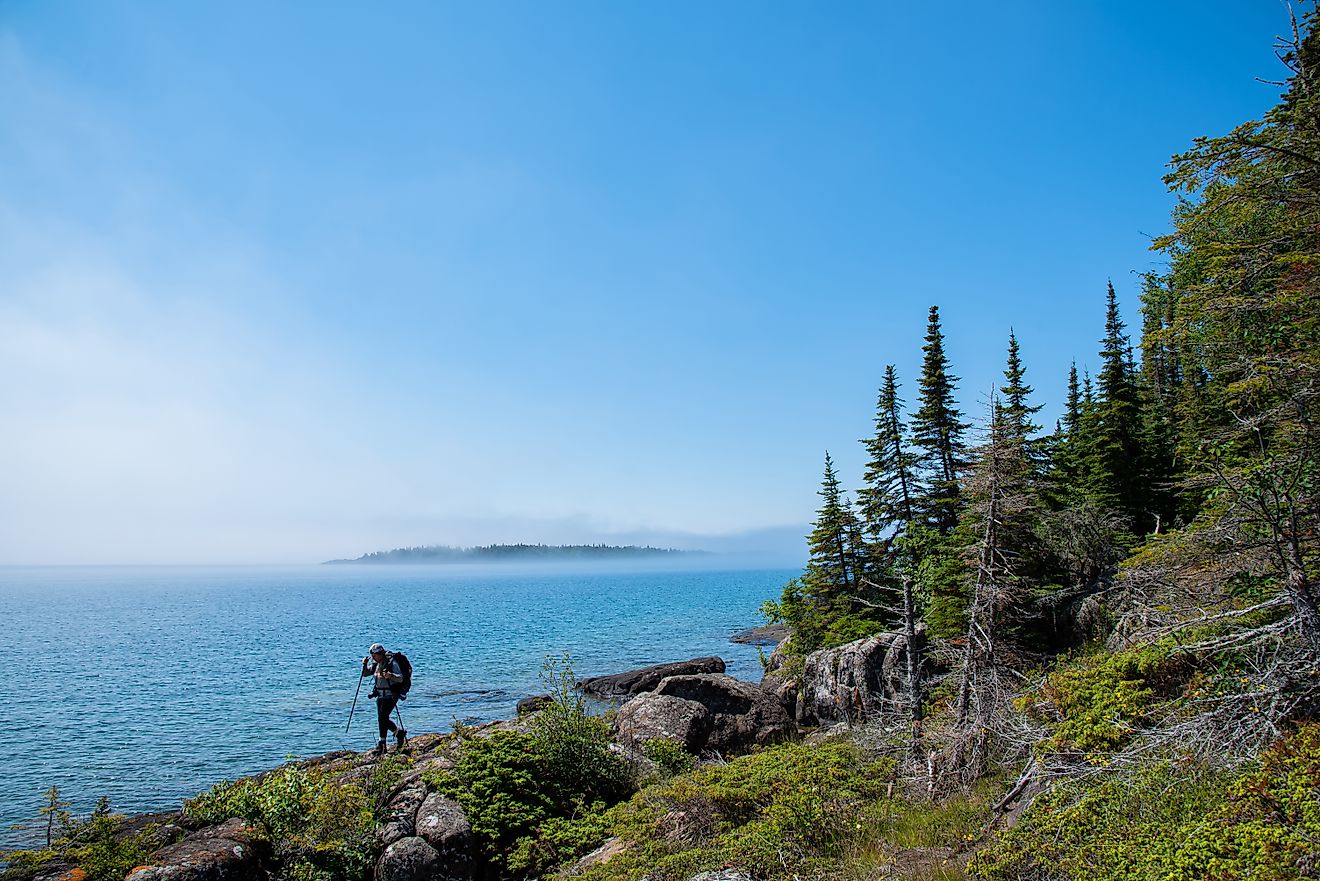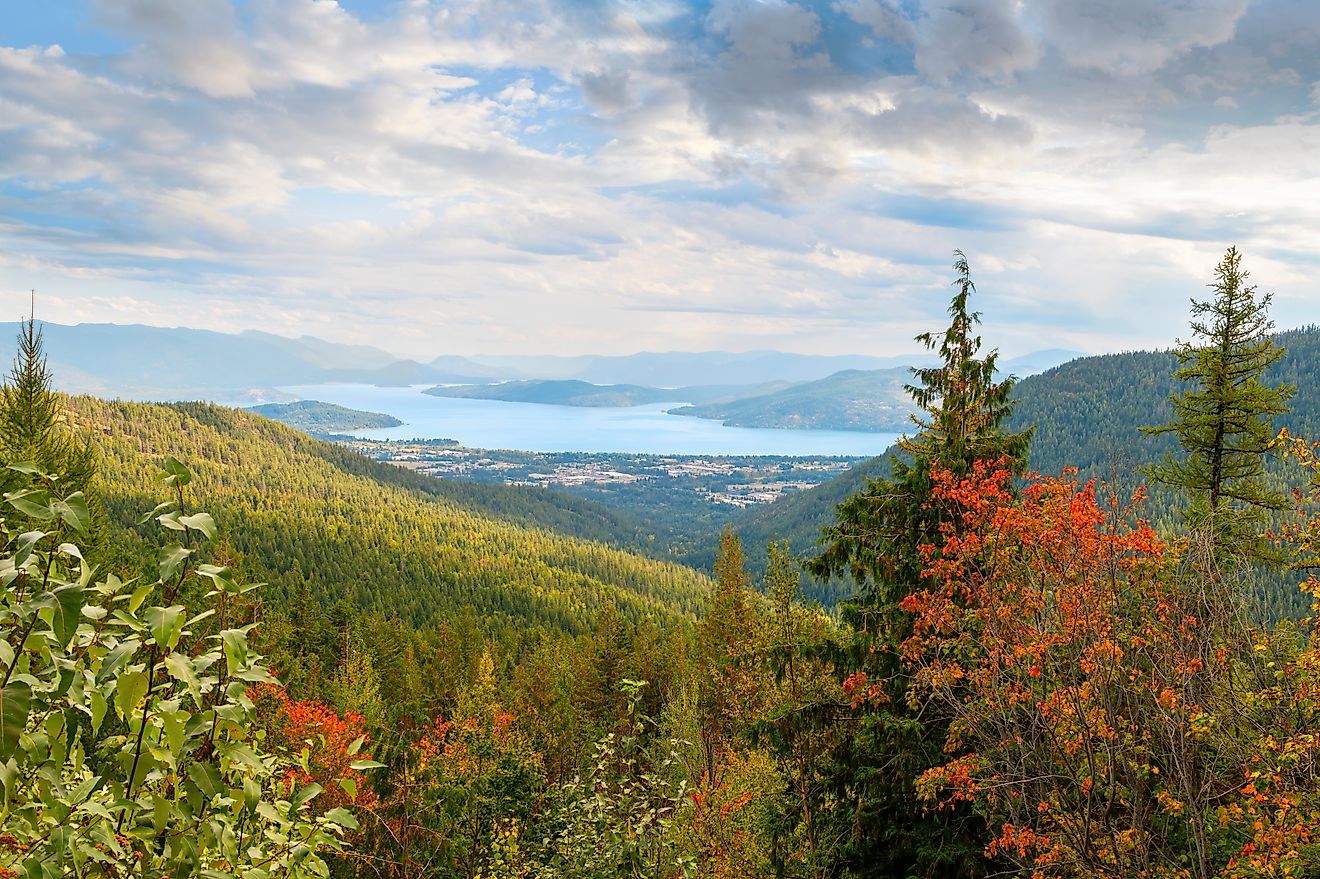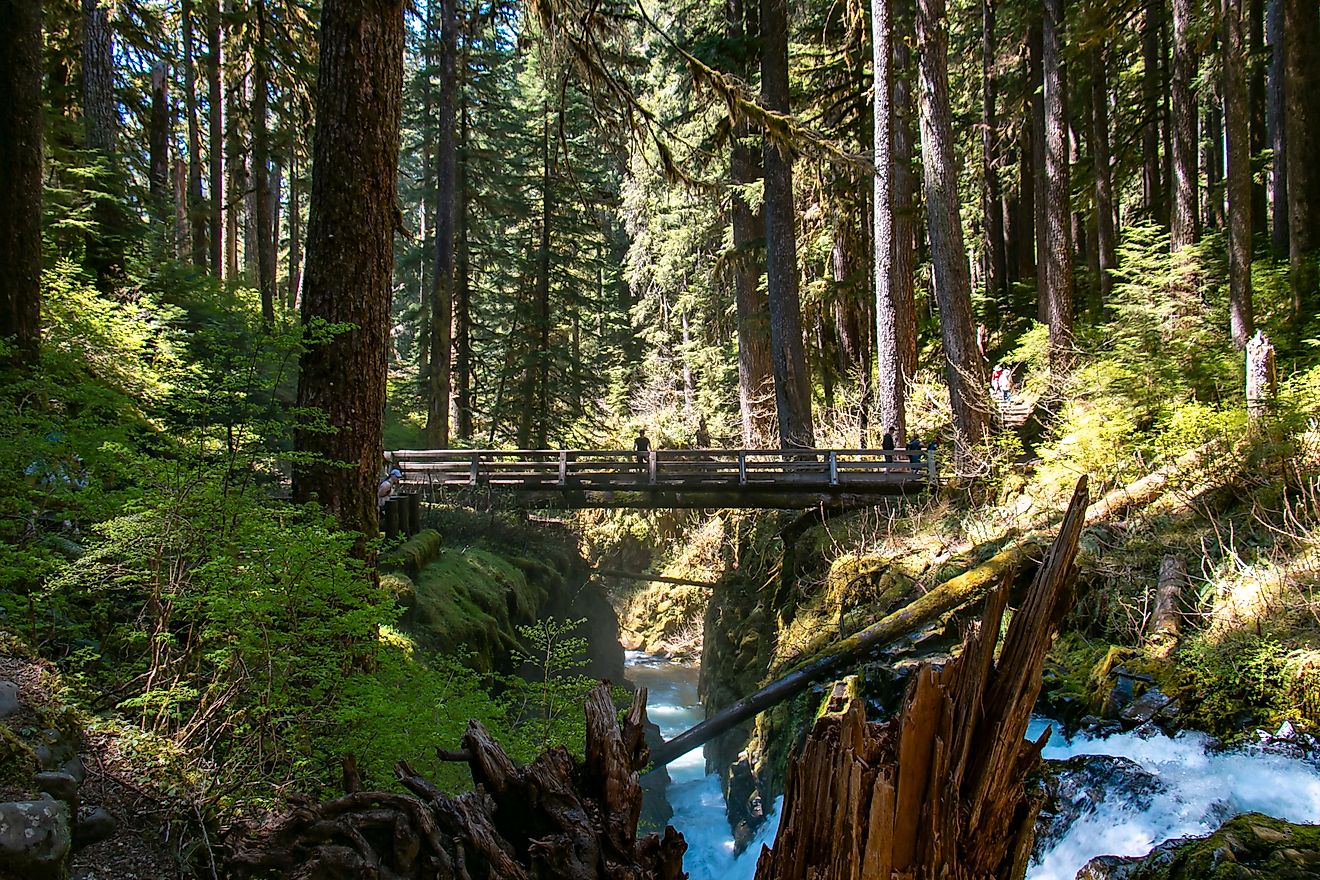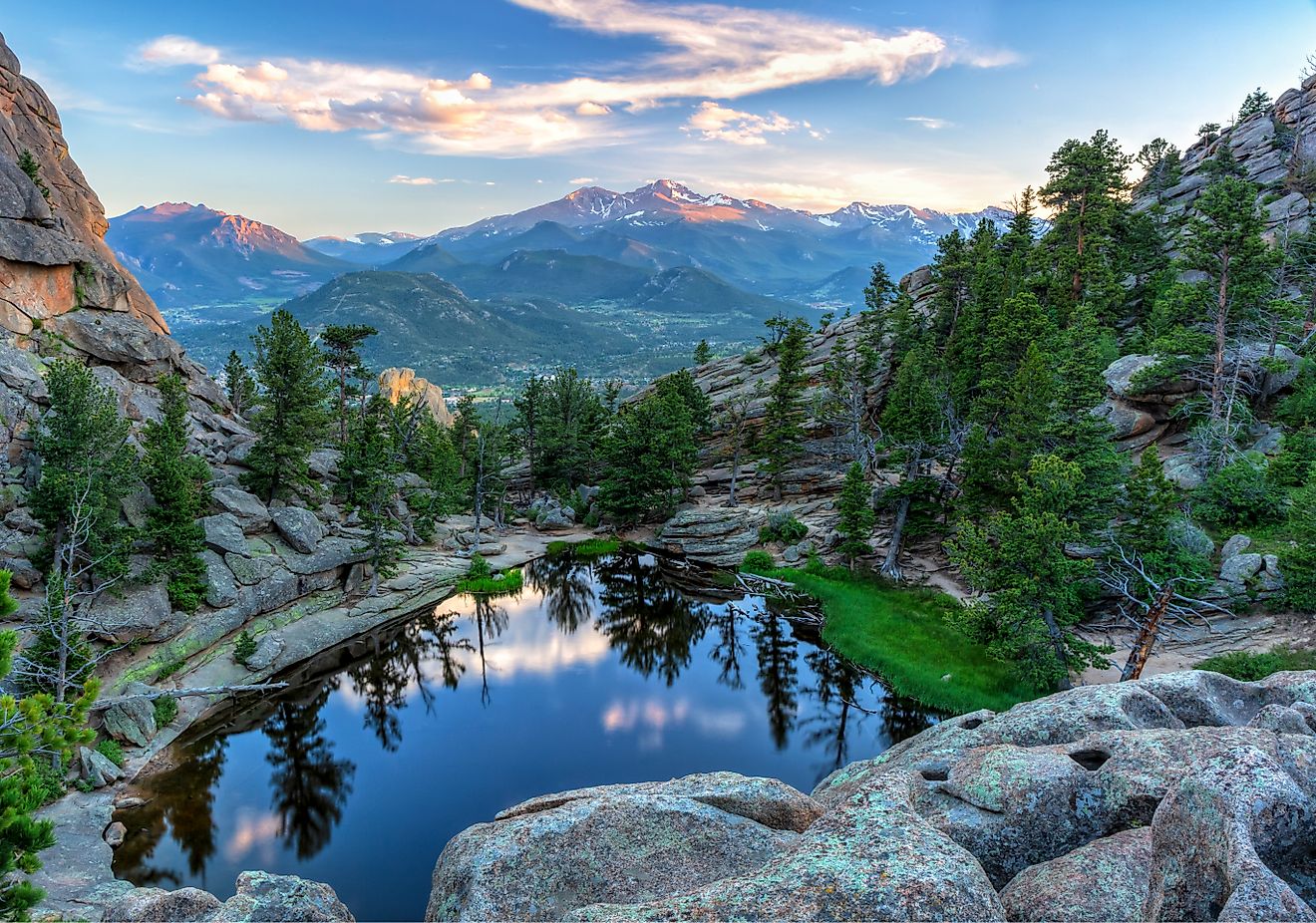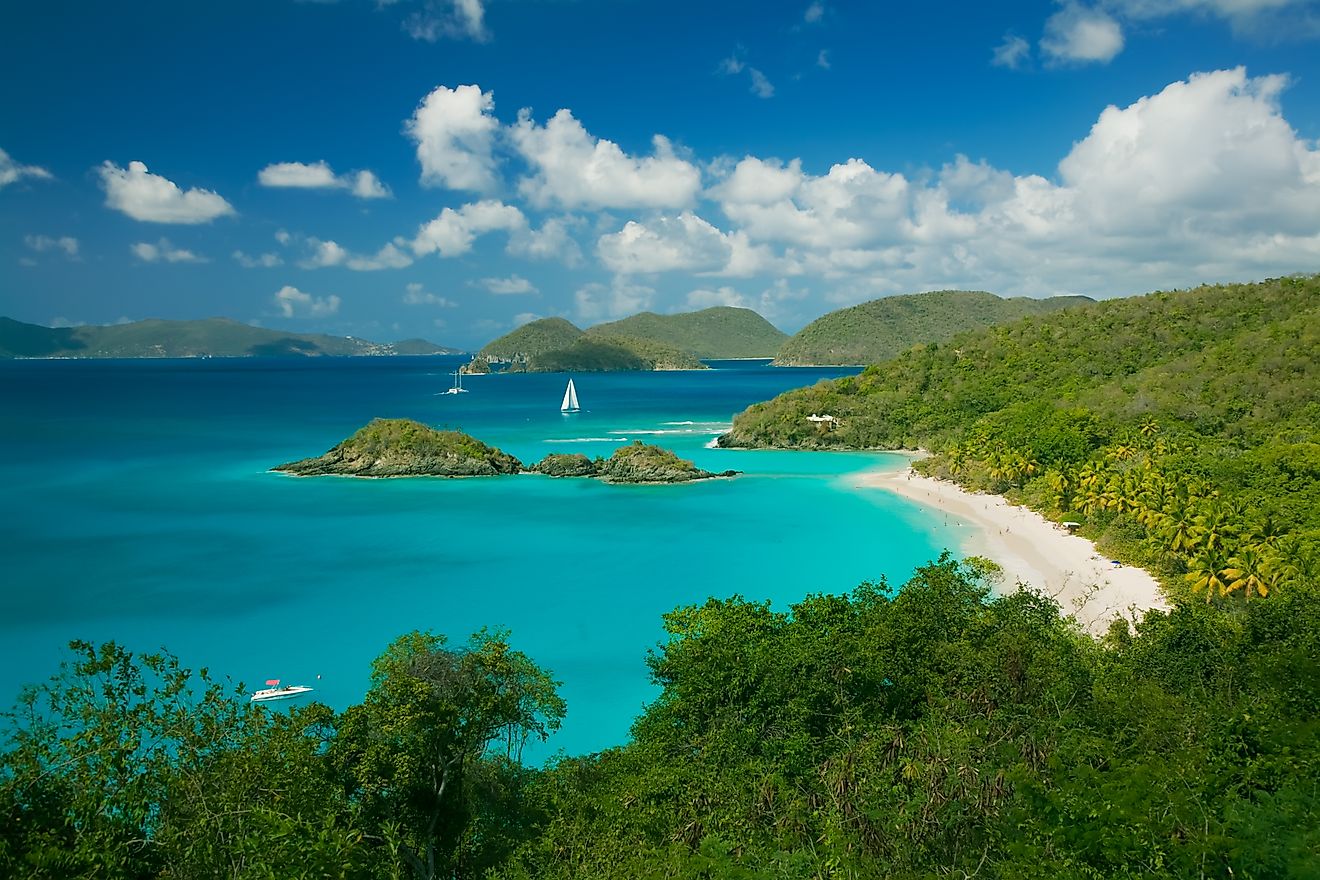
Tonto National Forest
Spanning nearly 3 million acres of strikingly diverse landscapes, Tonto National Forest is one of Arizona’s greatest natural treasures. From the cactus-laden Sonoran Desert to the cool pine forests beneath the Mogollon Rim, the Tonto offers an unparalleled blend of desert and mountain ecosystems—all within reach of the Phoenix metropolitan area. Whether you’re chasing winter sun, summer shade, thrilling rapids, or tranquil trails, this massive swath of public land delivers.
Where Desert Meets Forest
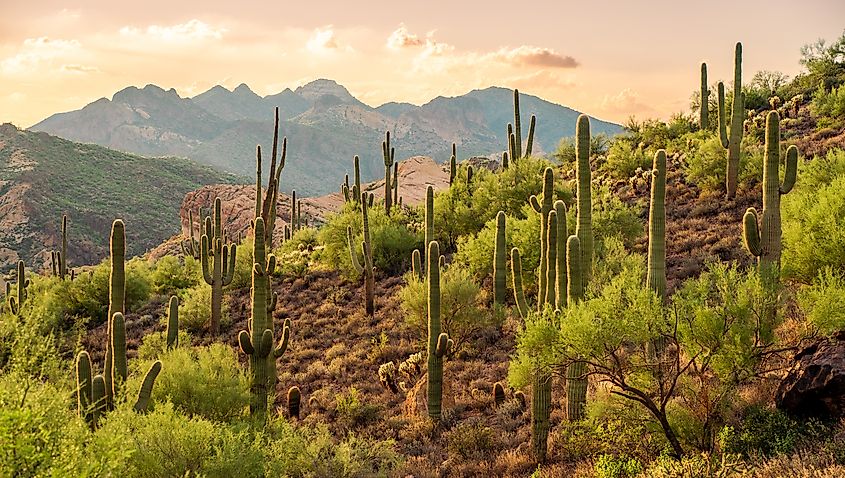
Tonto National Forest is the seventh-largest national forest in the United States and the largest in Arizona. What makes it unique is the wide range of elevations—from just 1,300 feet in the desert floor to over 7,900 feet in the forested highlands. That altitude variation creates an astonishing range of environments that support a stunning array of plant life, wildlife, and year-round recreation options.
In the lower elevations, towering saguaro cacti dominate the landscape, painting a classic Sonoran Desert scene. As you gain altitude heading toward the Mogollon Rim, the vegetation shifts dramatically. Desert scrub gives way to juniper woodlands and eventually to thick ponderosa pine forests, offering cool refuge in the summer months.
Recreation All Year Round
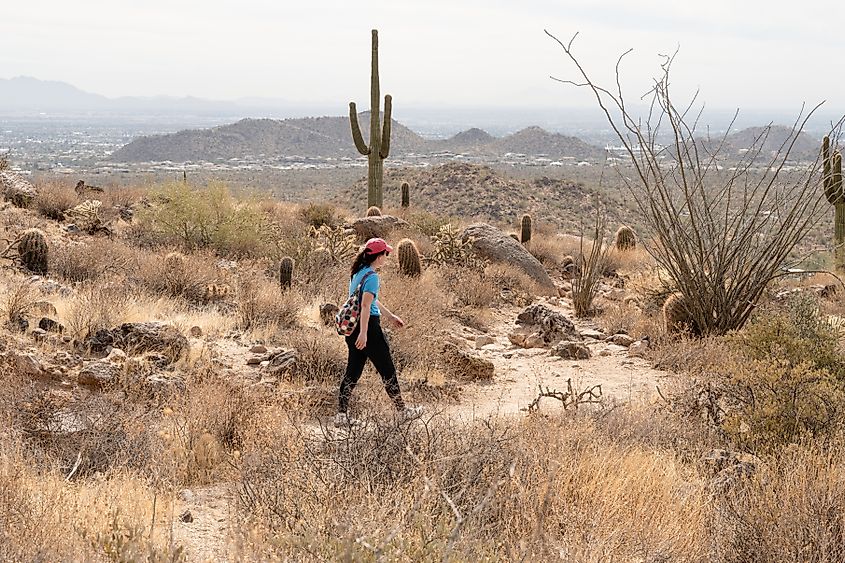
Thanks to Arizona’s generally mild winter climate, the lower elevations of Tonto National Forest draw thousands of visitors escaping colder parts of the country. In these regions, outdoor enthusiasts explore stone canyons, desert trails, and wide-open landscapes. Popular activities include hiking, mountain biking, horseback riding, and wildlife viewing.
In the summer, the focus shifts to water-based recreation and high-country camping. With six man-made lakes formed by dams on the Salt and Verde Rivers, Tonto becomes a water lover’s paradise. Swimming, power boating, tubing, and even sailing are common at places like Roosevelt Lake, Saguaro Lake, and Canyon Lake. These reservoirs are also stocked with a variety of fish, making them hot spots for anglers.
One of the biggest draws is the opportunity for whitewater rafting on the upper Salt River. When water levels are right, this stretch of river offers some of the best whitewater in the Southwest—world-class rapids that attract seasoned paddlers from across the country.
Trails, Wilderness, and Wildlife
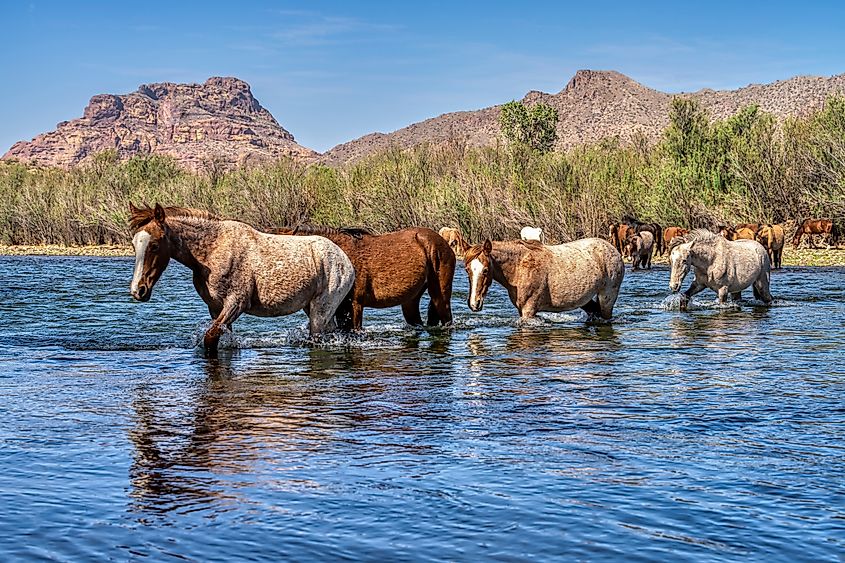
If you prefer exploring on foot or horseback, Tonto’s nearly 900 miles of trails will keep you busy. These trails cover everything from short interpretive loops to backcountry treks deep into wilderness areas. Two zones are specially designated for Off-Highway Vehicles (OHVs), offering terrain suited for adventure riding.
The forest also contains eight federally designated Wilderness Areas, each protected for its natural character and lack of development. These include places like the Superstition Wilderness, Four Peaks Wilderness, and Hell’s Gate Wilderness. These areas provide a true escape, where visitors can disconnect and immerse themselves in Arizona’s wild beauty.
For nature lovers, Tonto’s diversity supports more than 400 vertebrate species, including 21 listed as threatened or endangered. Birdwatchers, in particular, flock to Roosevelt Lake Wildlife Viewing Area for glimpses of eagles, hawks, herons, and songbirds. Big game like elk, deer, and javelina also roam the forest, particularly at higher elevations.
Rich Cultural History
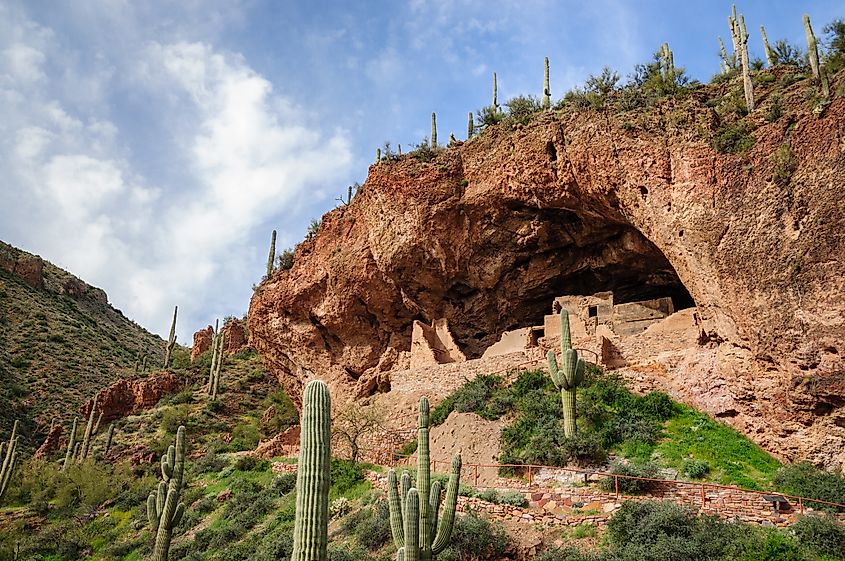
The history of Tonto National Forest goes back thousands of years. The land was originally home to prehistoric groups who hunted and gathered in the Mazatzal Mountains and along the Salt and Verde Rivers. More than a millennium ago, the Hohokam people developed intricate irrigation systems and built thriving communities across the region.
Today, remnants of their culture can be found throughout the forest, particularly near the Salt River. These ancient sites offer a deeper layer to the Tonto experience, reminding visitors that this vast forest has long supported human life, innovation, and resilience.
Scenic Drives and Points of Interest
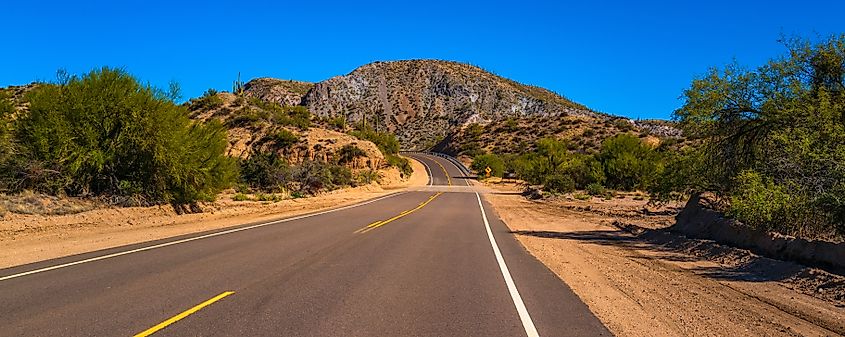
The forest isn’t just for those willing to hike, paddle, or ride. Scenic drives offer another way to enjoy the landscape. State Route 88, also known as the Apache Trail, is one of Arizona’s most famous byways. It winds through dramatic desert canyons, past historic sites, and offers views of the Salt River lakes.
State Route 288 provides another memorable route, taking travelers up to the forest’s rim country with views of tree-covered plateaus and deep mountain valleys. These drives are particularly popular in spring and fall when temperatures are ideal and wildflowers or autumn colors are on full display.
Other notable stops include Roosevelt Dam, which forms Roosevelt Lake and was once the largest masonry dam in the world. The area around the dam features a mix of recreation opportunities and historical exhibits.
Camping and Overnight Options
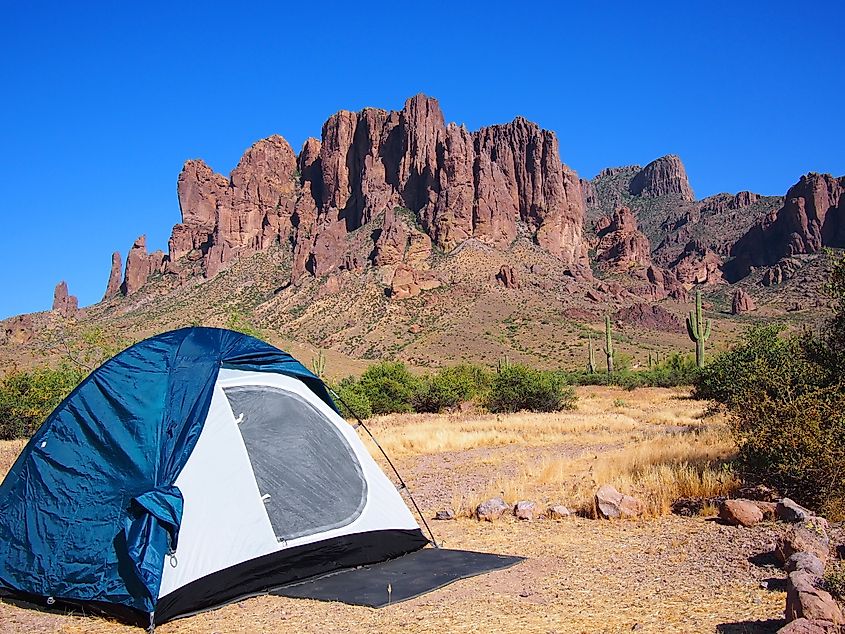
For those wanting to spend a night under the stars, Tonto National Forest offers a range of camping opportunities. Developed campgrounds are found throughout the forest, especially near the lakes and higher elevations. These often provide basic amenities like fire pits, picnic tables, and vault toilets.
For more experienced campers, dispersed camping is allowed in many parts of the forest. This allows visitors to find solitude and set up camp in remote areas, as long as Leave No Trace principles are followed. Some adventurous visitors even choose to boat-camp—finding isolated coves along the forest’s lakes and anchoring in for a night of serenity on the water.
How to Get There and When to Go
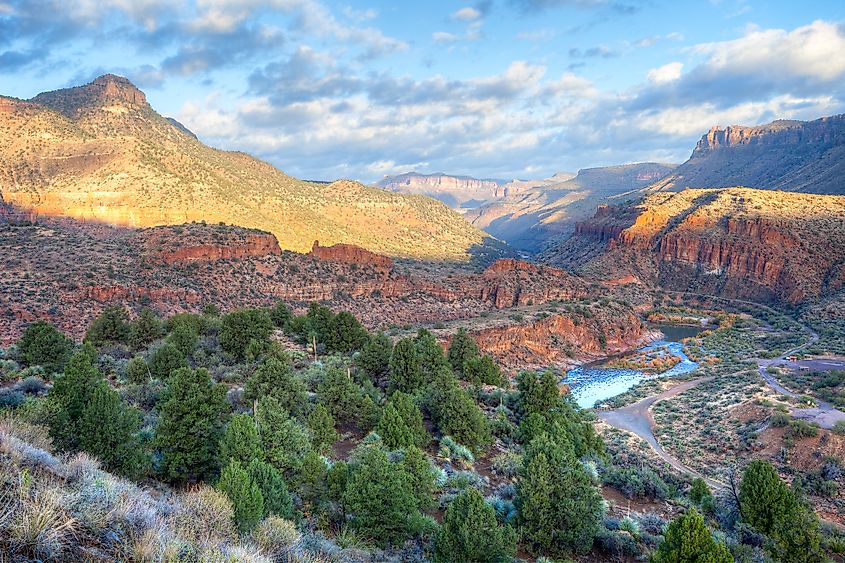
Tonto National Forest surrounds the city of Phoenix, making it an easy day trip or weekend destination for Arizona residents and out-of-state visitors. The forest is managed by the U.S. Forest Service and is open year-round, though accessibility can vary by season and elevation.
Winter and spring are ideal times to explore the desert zones, while summer and early fall are best for the lakes and rim country. Always check for fire restrictions, road conditions, and weather advisories before planning your adventure.
Tips for Your Tonto Trip
-
Permits: Some areas of Tonto National Forest, especially those near lakes or developed recreation sites, may require a Tonto Pass for parking. These can be purchased online or at local retailers.
-
Weather: Conditions can change quickly, particularly at higher elevations. Always come prepared with layers, plenty of water, and sun protection.
-
Wildlife: Respect the natural habitat by observing wildlife from a distance. Never feed animals and store food securely.
-
Leave No Trace: Pack out all trash, stay on designated trails, and camp in established areas to protect this incredible landscape for future visitors.
